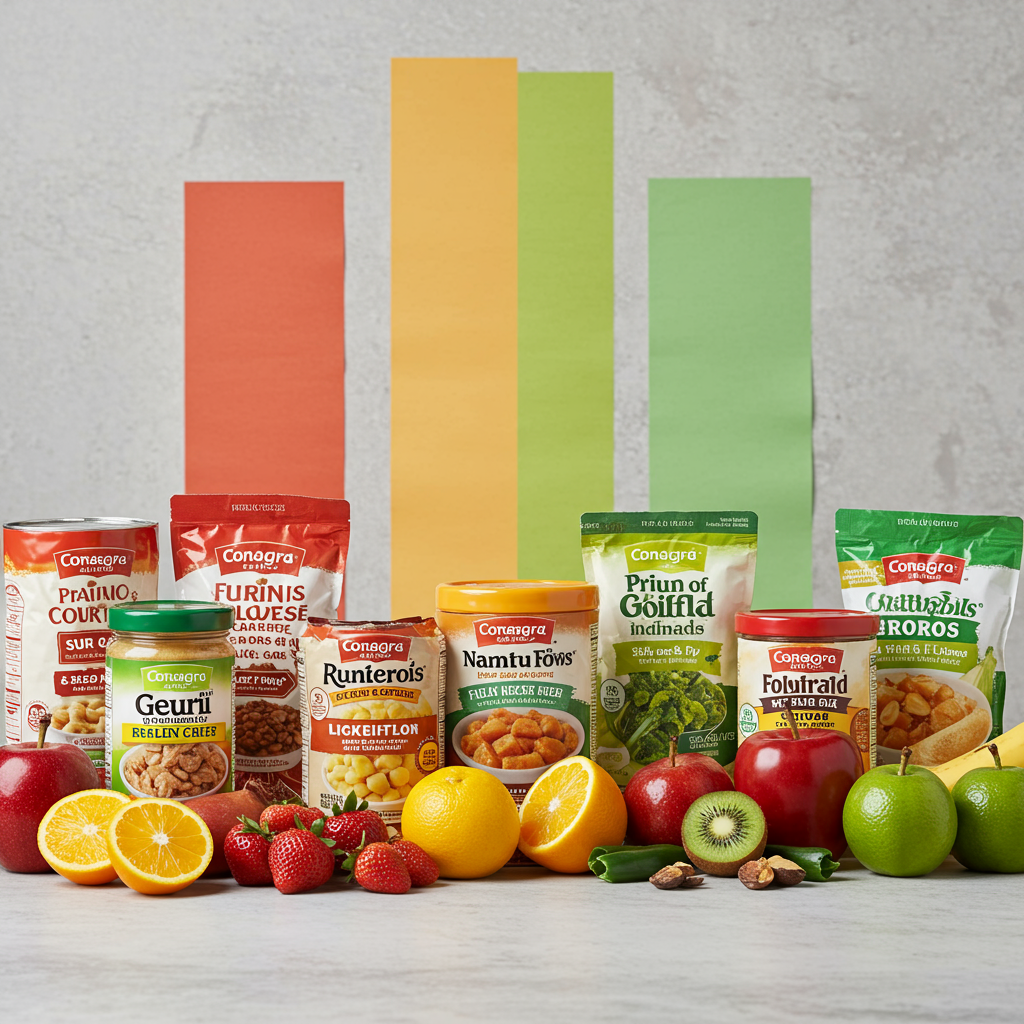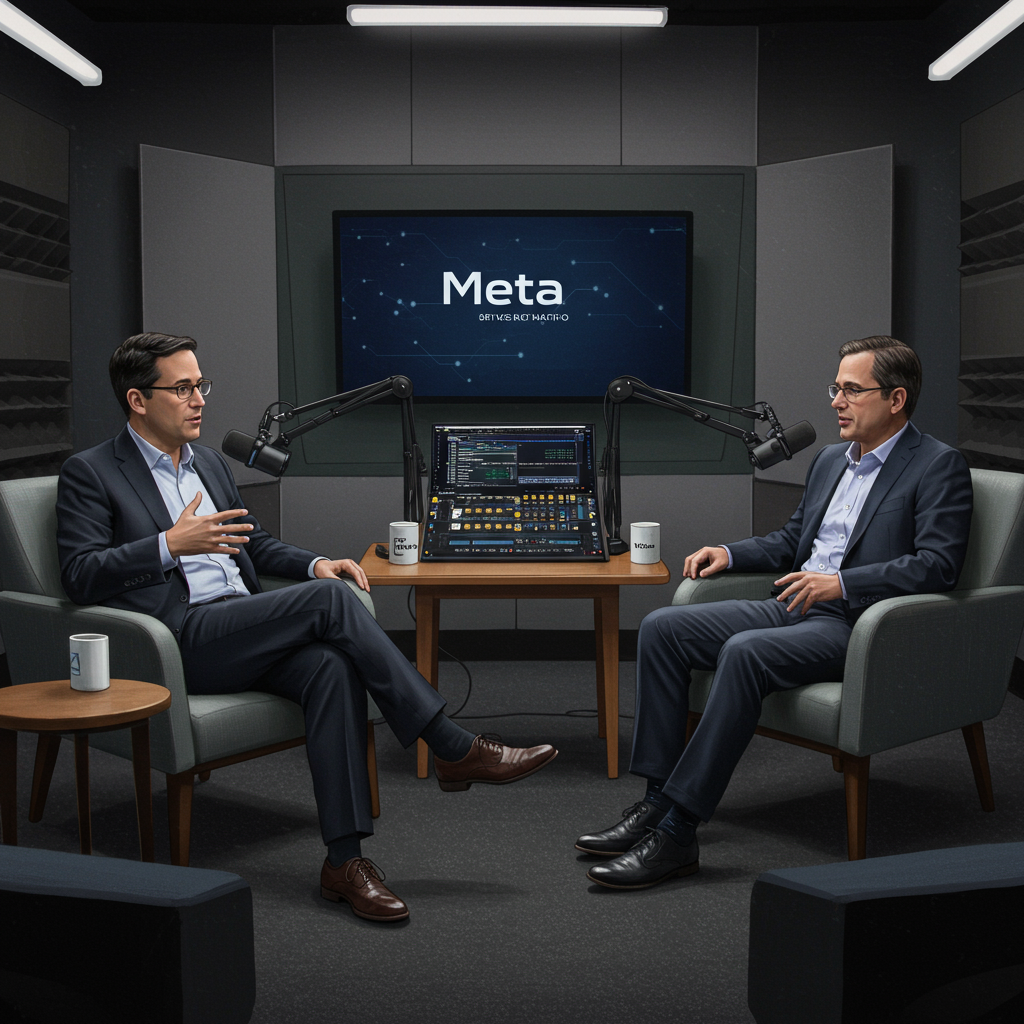Major food corporation Conagra Brands, known for household names like Duncan Hines, Slim Jim, and Healthy Choice, has announced a significant commitment to remove artificial colors from its entire product portfolio. This move positions Conagra as the latest giant in the industry to respond to growing consumer preferences for cleaner ingredients and increased regulatory scrutiny. The company’s plan involves a phased approach, aiming for a complete transition across all its brands by the end of 2027.
This decision reflects a broader transformation underway in the food landscape, driven by both public health concerns and evolving market demands. Consumers are increasingly seeking transparency and simpler ingredient lists, prompting manufacturers to reformulate popular products.
Conagra’s Phased Approach to Cleaner Colors
Conagra’s pledge outlines clear deadlines for phasing out synthetic dyes. The initial focus is on their extensive frozen food segment. By the end of 2025, the company intends to eliminate artificial colors from frozen brands, including popular lines like Marie Callender’s, Healthy Choice, and Birds Eye.
Following the frozen food transition, Conagra has a specific target for educational institutions. Starting with the 2026-2027 academic school year, the company will cease offering products containing artificial colors to K-12 schools. This step aligns with increasing state-level actions aimed at removing certain additives from school foods, seen in places like California and West Virginia. The ultimate goal is to discontinue the use of artificial dyes across the entire Conagra Brands portfolio by the close of 2027.
Why the Food Industry is Changing
The shift away from artificial colors isn’t happening in a vacuum. Several factors are converging to drive this industry-wide change. Regulatory bodies in the U.S. have intensified their focus on synthetic dyes. A notable action occurred in January, when regulators banned the dye Red 3 from food uses, nearly 35 years after it was restricted in cosmetics due to potential cancer risks.
Furthermore, top health officials have voiced concerns. Health Secretary Robert F. Kennedy Jr. and FDA Commissioner Marty Makary stated in April they plan steps to eliminate synthetic dyes from the food supply by the end of 2026. While this isn’t a mandate, the FDA intends to support manufacturers through voluntary efforts and expects to issue guidance in 2026. Kennedy Jr. has been particularly vocal, describing some foods with synthetic dyes as “food-like substances” rather than real food.
Consumer demand also plays a critical role. An AP-NORC poll indicated that roughly two-thirds of Americans support efforts to reformulate processed foods to remove ingredients like artificial dyes. The call for “clean labels” is powerful, pushing companies to adapt or risk losing market share. States like Texas are also implementing new safety labeling requirements for certain additives by 2027, adding another layer of pressure.
A Growing Trend Across Major Brands
Conagra’s announcement is part of a significant trend among the largest food companies operating in the U.S. In the weeks leading up to Conagra’s statement, other major players made similar commitments. Kraft Heinz and General Mills both pledged to remove artificial colors from their U.S. products by 2027. Nestle also announced plans to phase out artificial dyes from its U.S. food and beverage portfolio by mid-2026.
Even companies known for iconic sweet treats are joining the movement. J.M. Smucker Co., which acquired Hostess in 2023, is working to remove artificial colors by the end of 2027, including from products sold to K-12 schools by the 2026-2027 year. While many Smucker products like Uncrustables are already dye-free, items like some sugar-free jams, ice cream toppings, and even certain Hostess products like Twinkies (containing Red 40 and Yellow 5) and Snoballs (using Red 40 Lake) will require reformulation.
This collective action from multiple industry leaders signals a potential widespread transformation in the appearance and composition of many familiar food items in the coming years.
Reformulating Iconic Products
Reformulating products to remove artificial colors presents both opportunities and challenges for companies like Conagra. Many of their products already successfully use natural alternatives. For instance, Vlasic kosher pickle spears achieve their color from turmeric instead of synthetic Yellow 5. The cheesy hue in some frozen vegetable sides or Orville Redenbacher popcorn often comes from annatto, a plant extract.
However, achieving vibrant, consistent colors in certain products historically reliant on synthetic dyes requires innovation. Conagra acknowledges that some of its beloved items still contain artificial colors. Duncan Hines’ Comstock County Cherry pie filling uses Red 40, for example. Its Creamy Strawberries n’ Cream Frosting includes both Red 40 and Yellow 5. Swiss Miss Butterscotch pudding currently lists Yellow 6, Red 40, and Blue 1 among its ingredients.
Reformulating these specific products will be key to meeting the 2027 deadline. It’s not entirely clear whether products that heavily depend on synthetic colors for their signature visual appeal, particularly certain desserts, will be reformulated using natural alternatives or potentially discontinued if reformulation proves too difficult or significantly alters the product’s characteristics. Conagra has also not specified if these changes apply globally or are limited to U.S. markets. Nevertheless, the company’s commitment means these and other affected products across its vast portfolio will undergo changes over the next few years.
Looking ahead, consumers may notice subtle differences in the appearance of some favorite foods as they transition to natural coloring agents. The trend is expected to continue, with consumer advocacy groups pushing for further transparency and stricter standards for food additives. The FDA’s anticipated guidance in 2026 is also expected to provide more clarity and potentially encourage even more companies to join the movement towards dye-free foods.
Frequently Asked Questions
When exactly is Conagra Brands phasing out artificial colors?
Conagra Brands has set a phased timeline for removing artificial colors. They plan to eliminate these dyes from all frozen food products by the end of 2025. Products sold to K-12 schools will be free of artificial colors starting with the 2026-2027 school year. The company aims to complete the removal across its entire product portfolio by the end of 2027.
Which specific Conagra products still use artificial dyes right now?
While many Conagra products already use natural colorings, some still contain synthetic dyes. Examples mentioned by the company include Duncan Hines’ Comstock County Cherry pie filling (containing Red 40), Duncan Hines Creamy Strawberries n’ Cream Frosting (containing Red 40 and Yellow 5), and Swiss Miss Butterscotch pudding (containing Yellow 6, Red 40, and Blue 1). These products are expected to be reformulated as part of the transition plan.
Why are so many major food companies like Conagra making this change now?
The shift is driven by multiple factors. Increased government scrutiny, including the recent ban of Red 3 and signals from the FDA about encouraging voluntary dye removal by 2026, is a key catalyst. Growing consumer demand for cleaner labels and simpler ingredients, supported by public opinion polls, also pressures companies. Additionally, actions by individual states to restrict certain additives in school foods or require new labeling contribute to the momentum for this industry-wide trend.
Conagra’s commitment to phase out artificial colors by 2027 is a significant step, aligning with broader efforts across the food industry. This transformation, driven by consumer demand and regulatory attention, reflects a changing landscape where cleaner labels and natural ingredients are becoming the standard. As the deadlines approach, consumers can anticipate changes in the appearance of some familiar products, marking a new era for packaged foods.


